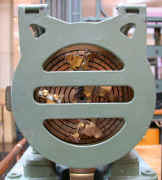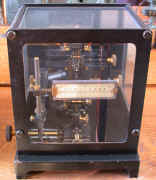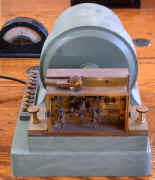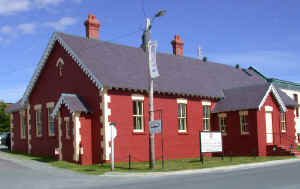 |
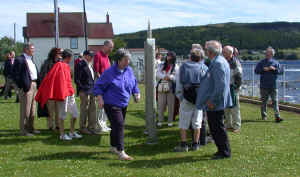 |
27 July 2001: The 135th anniversary of the landing of the first
successful transatlantic cable at Heart's Content in Newfoundland. |
In Diaries of Sir Daniel Gooch, published in 1892, Gooch gives this description of Heart's Content a few days after the successful landing of the cable:
Heart's Content, Wednesday, August 1st.
"It must be awful solitary work living in such a place, with only a few acres cleared around you, and all the rest wild mountain and wood. We got a few white roses, almost the only flowers in what they call a garden, and there was only one tree of this. We got back to the ship for dinner after a pleasant walk, as the weather on our return had cleared up, and was at any rate dry." |
 |
 |
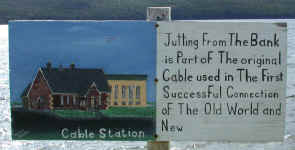 |
| The station operated continuously from 1866 until 1965 |
 |
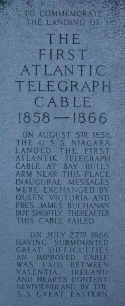 |
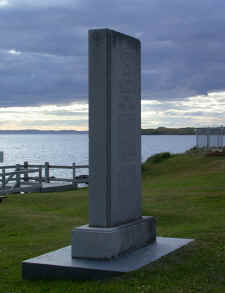 |
| The monument to the 1858 and 1866 cables |
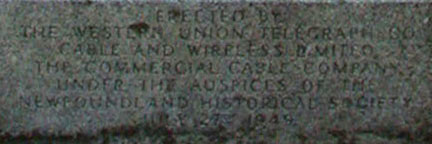 |
The inscription on the base of the monument:
Erected by
The Western Union Telegraph Co
Cable And Wireless Limited
The Commercial Cable Company
under the auspices of the
Newfoundland Historical Society
July 27 1949 |
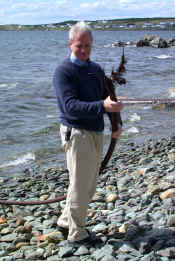 |
 |
 |
| Barney Finn considers a new career |
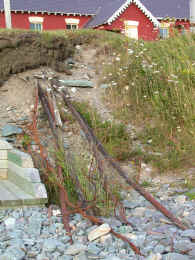 |
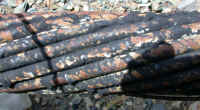 |
 |
| The cables emerge from the water, run up the shingle, under the road, and into the cable station |
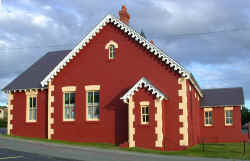 |
 |
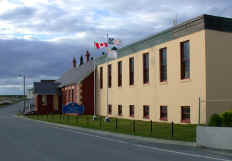 |
| The 1875-76 building |
Greeters in period costume |
The 1918-19 Western Union extension |
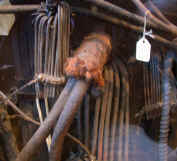 |
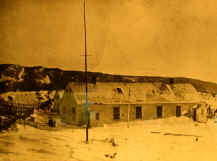 |
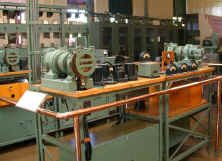 |
| Cable entrance and termination cabinet |
The original cable station |
The 20th century operations room |
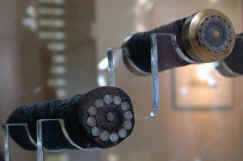 |
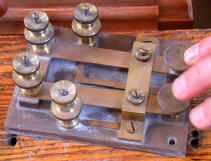 |
 |
| Cable samples and a cable key. The cable key uses two levers to drive the cable positive or negative, for a dot or dash. The line is connected to earth (ground) between each impulse to improve the signal characteristic. |
 |
 |
 |
| The door and latch of the artificial line room. To permit duplex operation, the cable's electrical characteristics had to be precisely balanced by an artificial line, which was kept in a constant temperature room. |
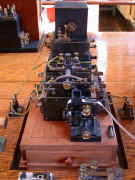 |
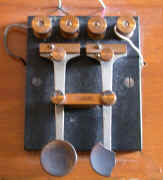 |
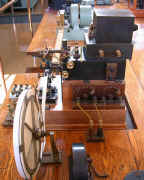 |
| A small sample of the equipment on display |
 |
 |
 |
| On the beach |
The cat that lives next door to the cable landing |
Looking out towards
the mouth of Trinity Bay |
From the abstract of Trudy Bell's paper (230KB PDF), presented at the Conference:
Less than five years after the United States’ first telegraph line was completed between Washington, D.C. and Baltimore, the telegraphic “American method” of determining longitude had become so accepted worldwide that, in the words of U.S. Coast Survey chief Alexander Dallas Bache, it “may be considered to have passed into one of the regular methods of geodesy.”
Indeed, virtually the first use of the first transatlantic telegraph cable laid in 1866 was to send star-transit timings between astronomers in Newfoundland and Great Britain, to nail down the exact longitude differences between points in Europe and North America.
|
135 years later, here's Donard de Cogan's GPS receiver displaying the longitude and latitude at the Heart's Content Cable Station:
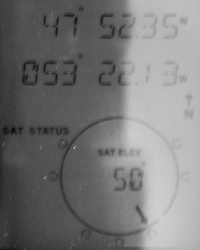
|
|
Research Material Needed
The Atlantic Cable website is non-commercial,
and its mission is to make available on line
as much information as possible.
You can help - if you have cable material,
old or new, please contact me. Cable samples, instruments, documents,
brochures, souvenir books, photographs,
family stories, all are valuable to
researchers and historians.
If you have any cable-related items
that you could photograph, copy,
scan, loan,
or sell, please email me: [email protected]
—Bill Burns, publisher and webmaster: Atlantic-Cable.com |
|
|




























